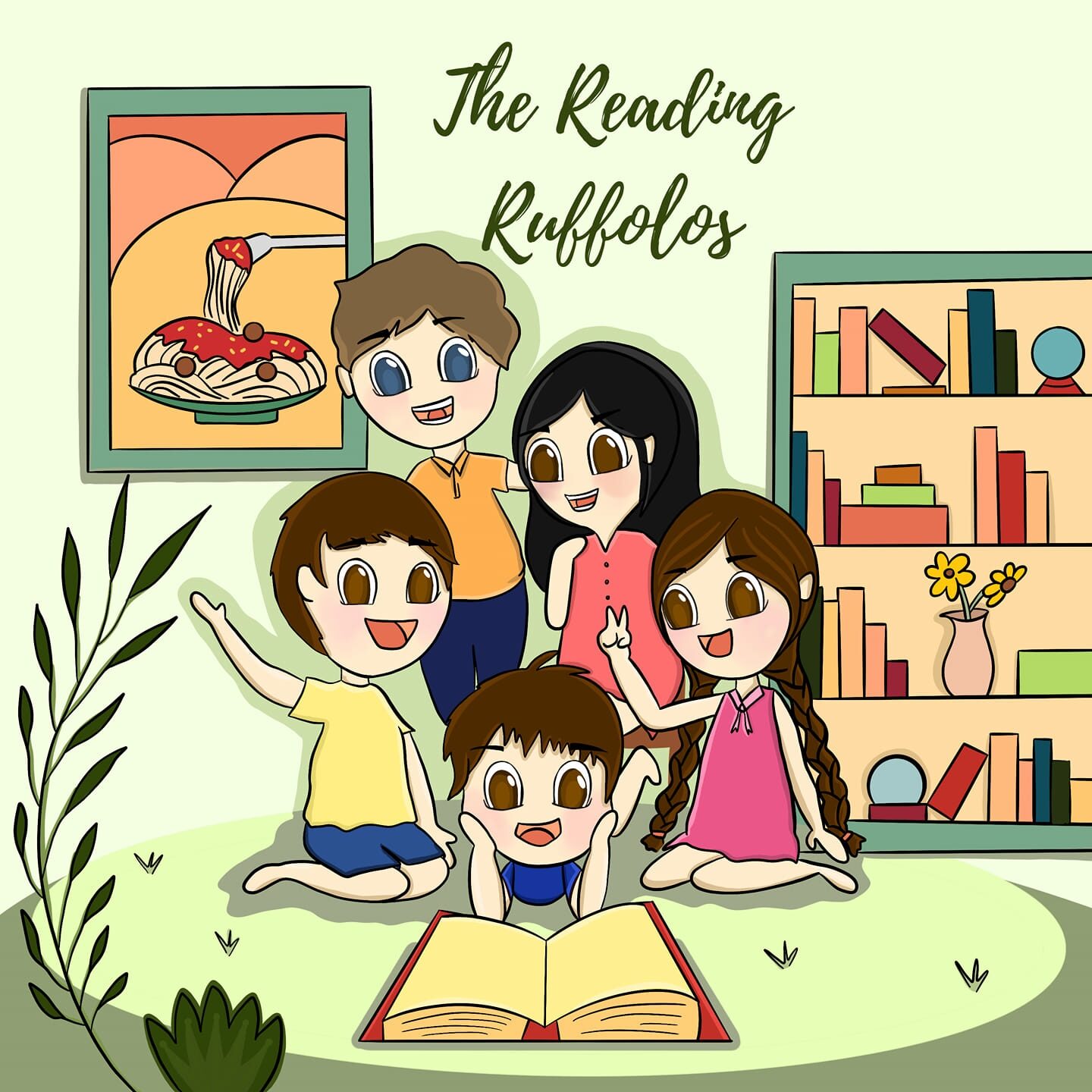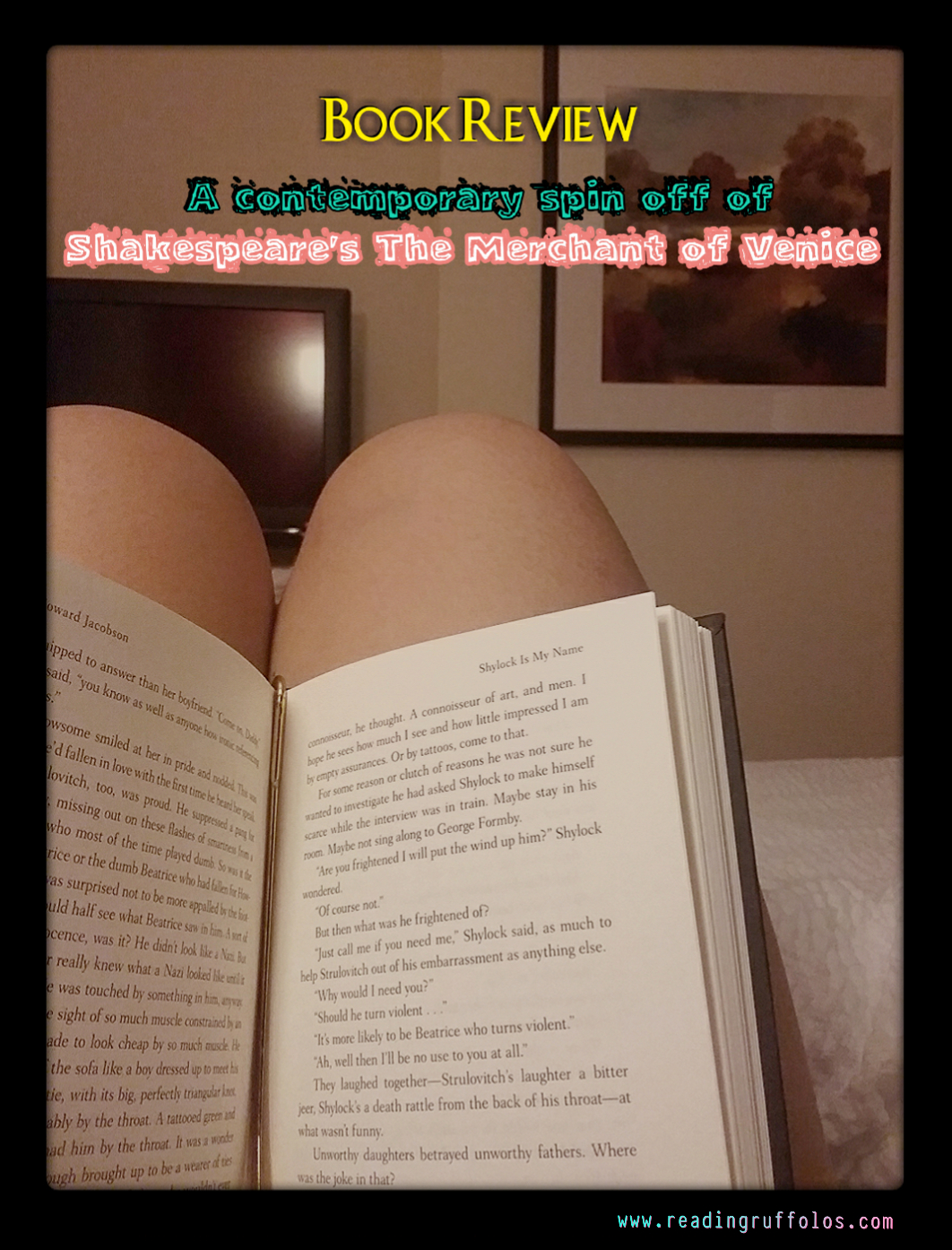The setting is modern day England and Simon Strulovitch, a wealthy businessman and philanthropist met Shylock in the cemetery while they visited the respective graves of their loved ones; Strulovitch for his mother and Shylock for his wife Leah.
In this recent novel (Shylock is My Name) by Man Booker Prize awardee Howard Jacobson, Shylock in William Shakespeare’s The Merchant of Venice, is reborn in the character of Simon Strulovitch (not Shylock whom Stulovitch met in the cemetery) and here is where the pages of the play and this contemporary literary spin off experience an on-and-off game of loyalty and diversion.
In The Merchant of Venice, Shylock was a villain; a rich Jew and moneylender who screams for “a pound of flesh” as payment for the money owed of him. The ending was particularly humiliating, nasty, and some might say, a deserving end result to one of Shakespeare’s greatest villains.
In Shylock is My Name, Strulovitch (Jacobson’s modern day Shylock) faced humiliation for a deal he thought he won but actually lost. However, Jacobson ended the novel with Strulovitch finding redemption in the company of his family especially in the presence of his rebellious daughter, Beatrice.
In many discussions and forums on Shakespearean plays, The Merchant of Venice is the material that carries with it the themes of anti-semitism and the differences in beliefs between Christians and Jews. The question “What does it mean to be a Jew?” is a recurring topic in the conversation between Strulovitch and Shylock.
Shylock is My Name stayed true to this theme and explored further by including a Jewish father’s (Strulovitch) aggressive push for his daughter (Beatrice) to remain a Jew, one manifestation of which is to be in a relationship with a Jew (or at least one who is willing to become a Jew).
It is on this part that I saw Jacobson shedding light on another equally important theme: parenthood and parent-child relationship, specifically that which is shared (or not) between the father and the daughter.
The novel places the lives of Strulovitch and Shylock in juxtaposition and invites readers to examine this. Whereas Shylock’s daughter has already left him and had seem to completely abandon him, Strulovitch’s daughter is still on the verge of doing so, of completely living a life sans her father. This is where the two men struck an odd relationship which involved long talks and extended hours of observing each other’s behaviors.
Shylock is My Name is not an easy read. It is laden with dark humor and all sorts of symbolisms from the play. I recommend reading the play version, if you haven’t read it yet, to set this in context.
Characters like Plurabelle can be compared to the play’s Portia or Antonio (the merchant from the Shakespearean play) to D’Anton in this Jacobson interpretation. It’s easy to get confused what with all the characters’ lives interspersing and the themes of antisemitism, parenthood, and well, the problems of the rich joining this crazy great writing by Jacobson.
Inanimate objects such as the ring from the play found its place in this novel and though it may not be considered as one of the significant points in the story, it certainly established a connection between the play and the novel although the relevance of which can only be decided upon by the reader(s).
Shylock is My Name is not a retelling of The Merchant of Venice; it is a contemporary spin off of The Merchant of Venice.
The Shylock here is not Shakespeare’s Shylock and rightfully so because Jacobson is Jacobson, not Shakespeare.
The Shylock in this novel is introspective, mysterious, and to a certain degree, likable.
I don’t know if you can say the same with Shakespeare’s Shylock.
Take your time in reading this one.
There is so much to digest and swallow.
***
Disclosure of Material Connection: I received a copy of this book from the Blogging for Books program for the purpose of this review. I was not required to write positive reviews. Some of the links in the post above are “affiliate links.” This means if you click on the link and purchase the item, I will receive an affiliate commission. Regardless, I only recommend products or services I use personally and believe will add value to my readers. I am disclosing this in accordance with the Federal Trade Commission’s 16 CFR, Part 255: “Guides Concerning the Use of Endorsements and Testimonials in Advertising”.




